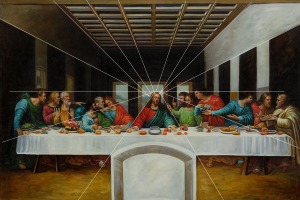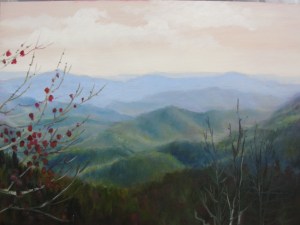After taking a walk around Victoria Square in Birmingham City centre, I came to realise that there was more public art work than I thought, although most of the art was hidden or obscured by buildings or other functional structures. Even the statues that dominate most of the space in the square (like The River) don’t capture people attentions on busy mornings.
 (The River by Dhruva Mistry, Also known as Floozie in the Jacuzzi)
(The River by Dhruva Mistry, Also known as Floozie in the Jacuzzi)
The Iron man is a sculptor that is suppose to represent the skills of those in Birmingham during the Industrial Revolution. Because of it’s unusual angle in which it enters the floor I believe it commands more attention than other statues, however because of the dark iron metal it blends into the background of the city.  (Iron Man by Antony Gormley)
(Iron Man by Antony Gormley)
Even the Guardian statues on closer inspection have animal and human features, a detail that would be lost without paying attention to detail.
Here are some other piece of public work I found in the area…















































